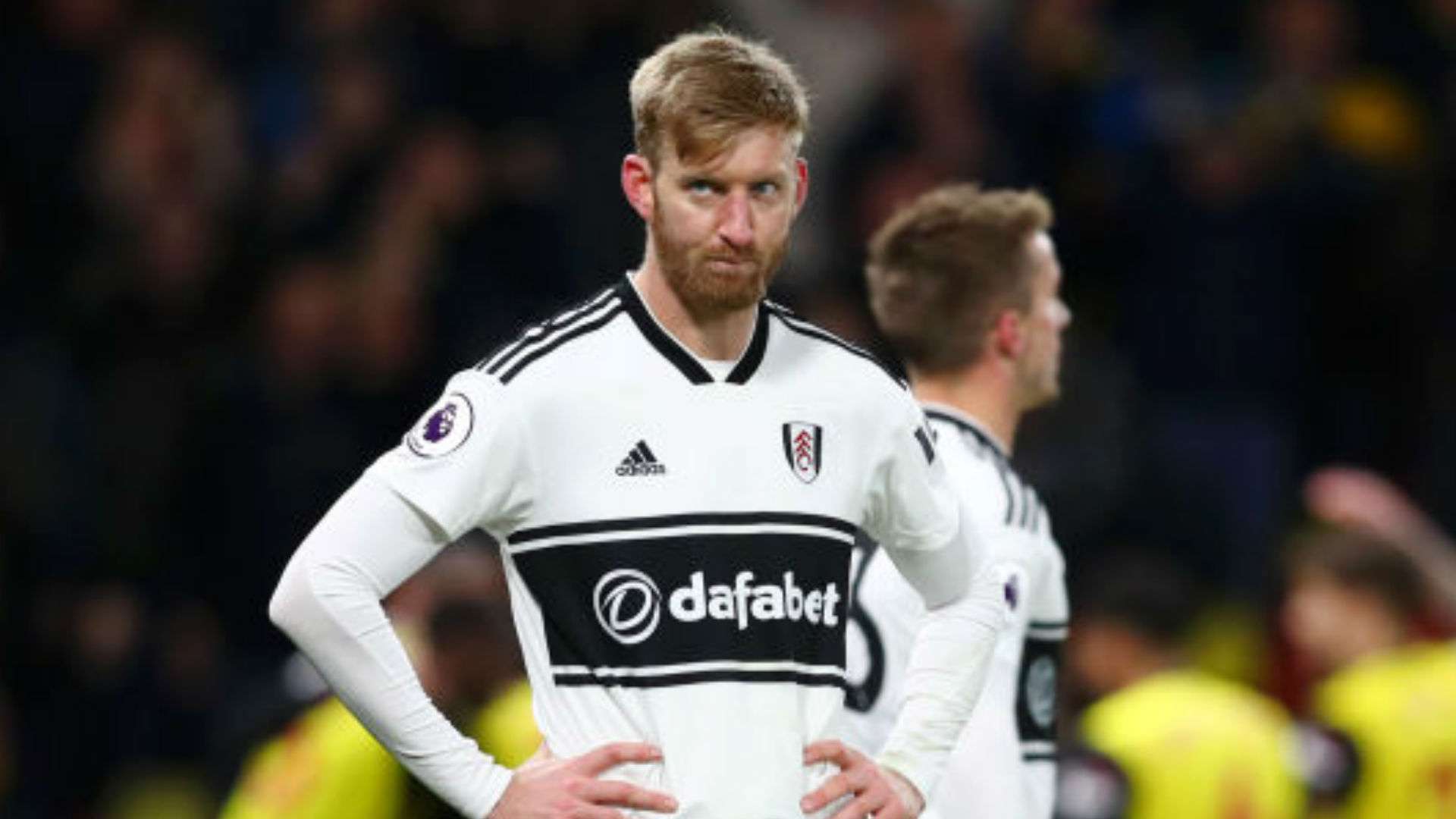Lucrative television deals have ensured that the Premier League has become the richest league in the world, with billions of pounds shared among its participants each season.
However, achieving a place at England's top table is a gargantuan task and, despite the monetary advantages which subsequently come, maintaining that place is extremely difficult too.
Of the 20 teams that competed in the Premier League 10 years ago, for example, only seven have managed to maintain their divisional integrity. They are: Manchester United, Liverpool, Chelsea, Arsenal, Everton, Tottenham and Manchester City.
The rest have all tasted relegation. Aston Villa, Fulham, West Ham, Stoke City, West Brom, Newcastle United, Hull City and Middlesbrough have all dropped into the Championship at various stages, while Bolton, Sunderland, Wigan Athletic, Portsmouth and Blackburn Rovers tumbled further down the pyramid, dropping into League One.
The reasons for each team's demise naturally differs from case to case, but more often than not there has been a financial root, with clubs forced to offload key players in order to drastically cut their wage bills in the absence of hefty broadcast revenue. The knock-on effect is weaker teams, then poorer results, which usually leads to dwindling crowds.
Things can quickly spiral out of control for relegated clubs, but the Premier League now gives them what are known as 'parachute payments' in order to help avoid financial ruin.
What are parachute payments?
 Getty Images
Getty ImagesAs the name suggests, parachute payments are designed to ensure a soft landing for clubs that have been relegated from the Premier League to the Championship.
The concept was first introduced during the 2006-07 season and later overhauled from the 2016-17 season on.
Initially, parachute payments were distributed over the course of four years, but the 2015 change reduced that time period to three years and just two in the case of teams that spent just one season in the Premier League.
Parachute payments work in tandem with solidarity payments, with an overall value of £100m, which are distributed among all other English Football League clubs each season.
The solidarity payments are intended to offset the potential for competitive disparity between clubs that could arise out of parachute payments.
How much do teams get from parachute payments?
 Getty Images
Getty ImagesParachute payments to relegated clubs are based on the Premier League's broadcasting revenue, specifically the slice that is equally shared among the clubs.
As a result the overall value of the payments have varied over time, increasing with the gradual rise of TV money flooding into the top of the English game.
In the first year, the payment is 55 per cent of the amount that each Premier League club receives as part of its equal share of broadcast revenue. Based on the most recent figures, that percentage is roughly £40m. The percentage is reduced to 45% in the second year (roughly £35m) and 20% in the third year (roughly £15m).
It is important to note, however, that teams that have been relegated from the Premier League in their first season after promotion only receive two years of parachute payments.
If a relegated team earns promotion back to the Premier League within that three-year period, they do not continue to receive parachute payments.
